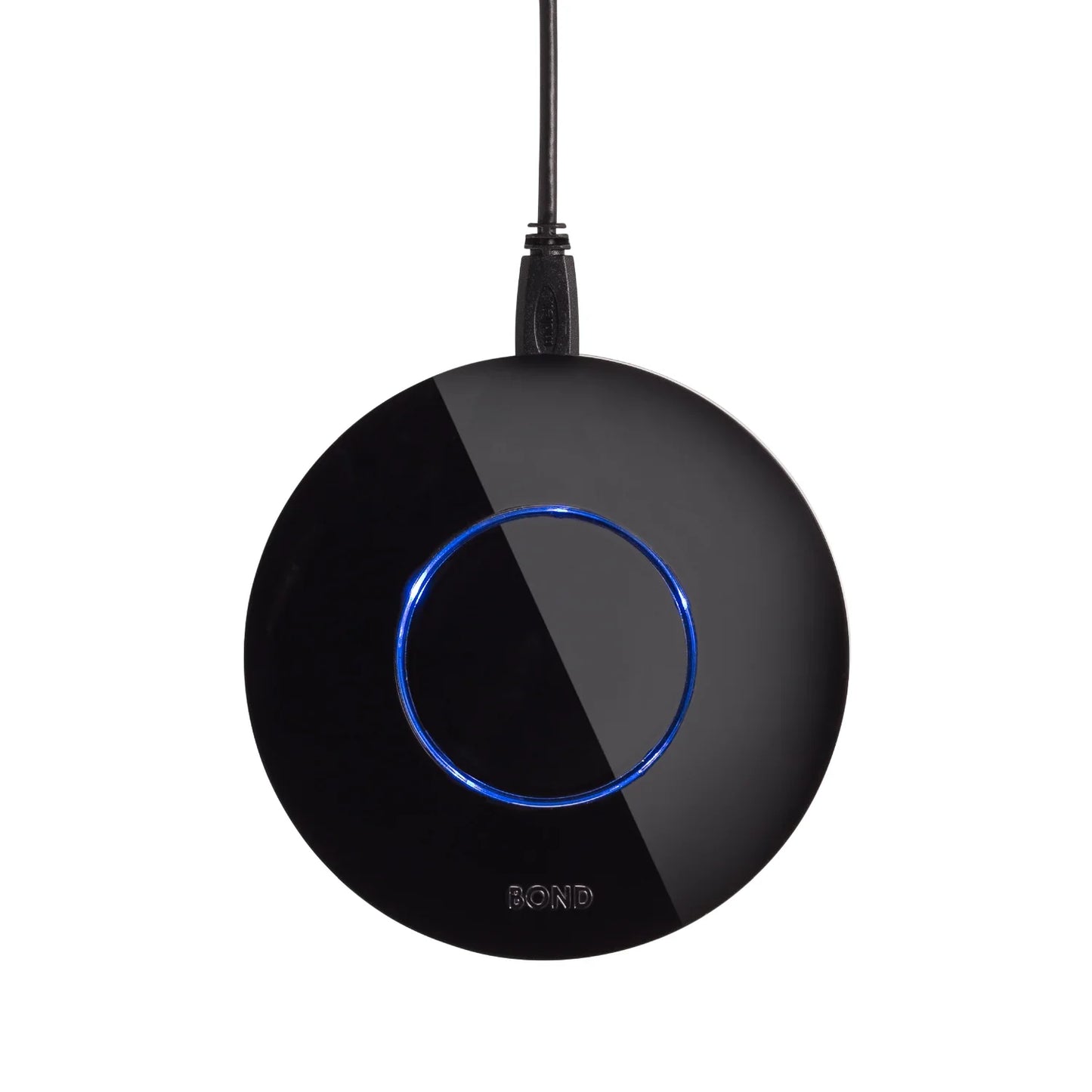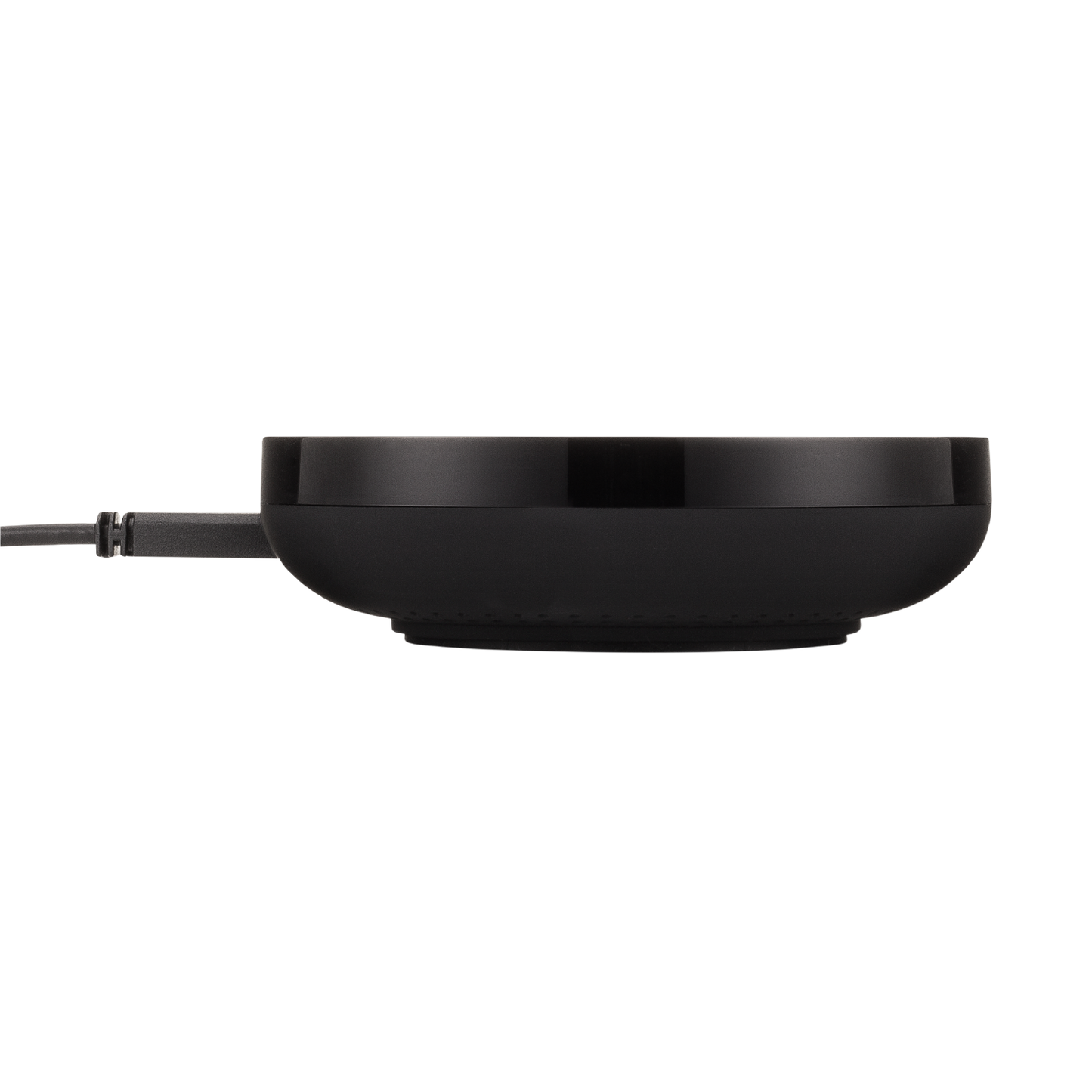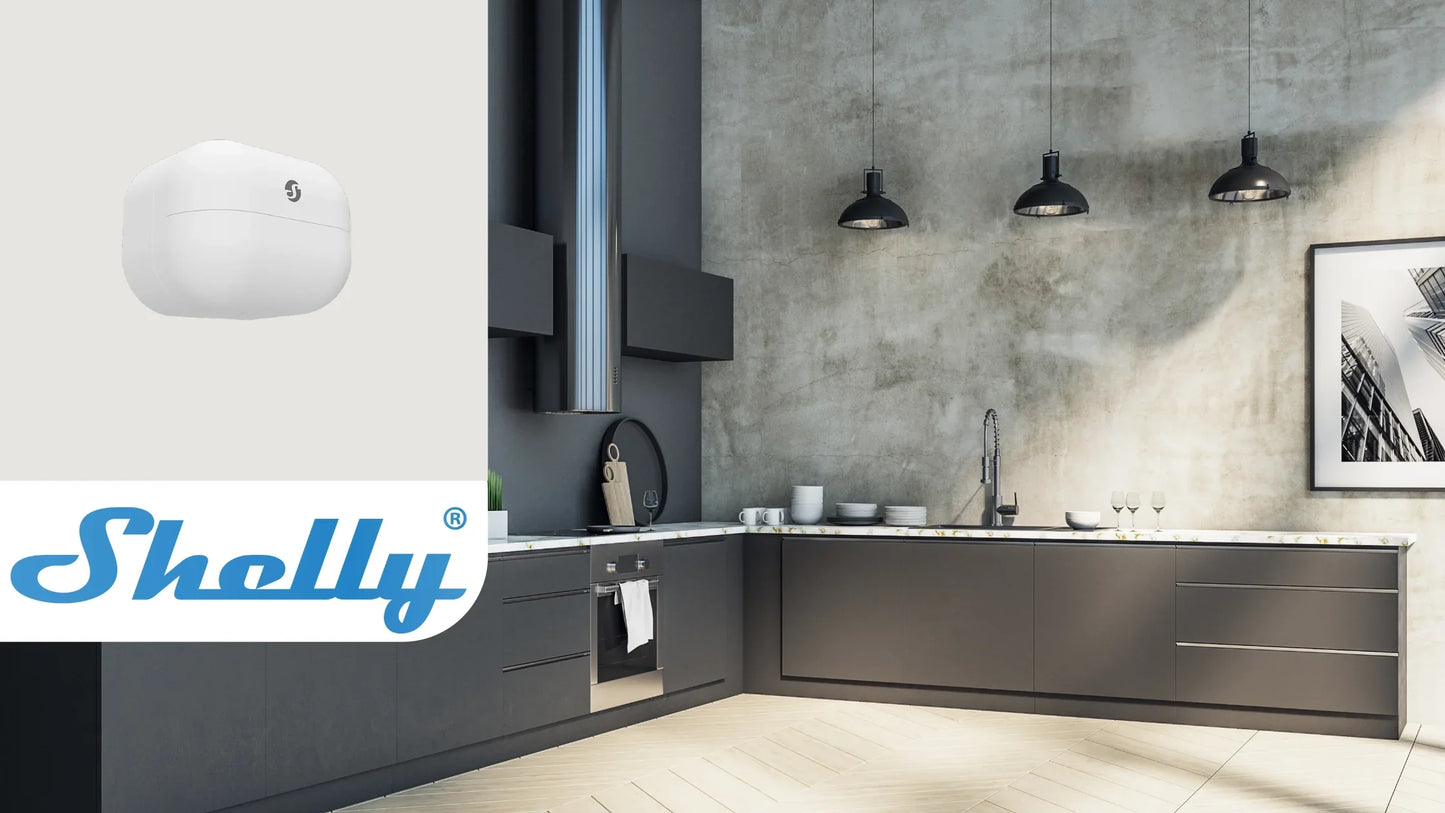When looking to add smart control to your ceiling fans, motorised shades, or RF/IR devices, you’ll come across two options: the Bond Bridge and the Bond Bridge Pro. At first glance, the cost difference might seem surprising, but there’s a good reason for it.
In this guide, we’ll break down the key differences between the two models and help you decide which one is right for your needs.

Why the Cost Difference?
The Bond Bridge Pro costs significantly more than the standard Bond Bridge because it is designed for professional and commercial environments. Here’s why the Pro version justifies the higher price:
1. Professional-Grade Integration
The Pro model is designed for use in high-end smart home systems, such as those with Control4 or RTI integration. It also supports Ethernet connectivity, making it more reliable in environments where Wi-Fi may be inconsistent.
2. Increased Range and Capacity
With coverage of up to 3,500 square feet, the Pro can handle larger areas—ideal for commercial spaces or multi-story homes. It also supports up to 50 devices, compared to the 30-device limit on the standard model.
3. More Reliable Connectivity
While the standard Bond Bridge uses Wi-Fi only, the Pro model adds Ethernet for a stable, wired connection. This is crucial in environments where Wi-Fi interference can be an issue.
Which One Should You Buy?
Go with Bond Bridge if:
• You need basic smart control for a few devices (like ceiling fans or shades) in a single-family home.
• You’re on a tight budget and want an easy DIY setup.
• You don’t need professional integration with high-end smart home systems.
Choose Bond Bridge Pro if:
• You’re setting up a large home or commercial space where range and reliability are essential.
• You need professional integration with systems like Control4 or RTI.
• You prefer the stability of Ethernet connectivity over Wi-Fi.
Final Thoughts
The Bond Bridge is perfect for residential users looking for basic smart control, while the Bond Bridge Pro is designed for commercial or high-end smart home environments. The cost difference is substantial, but so are the capabilities.








